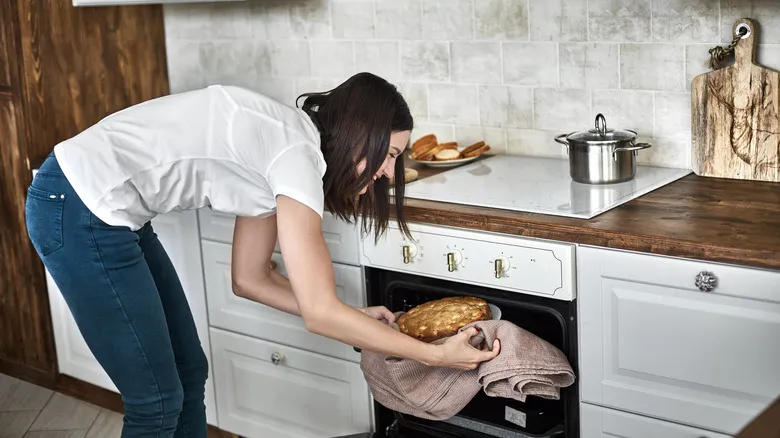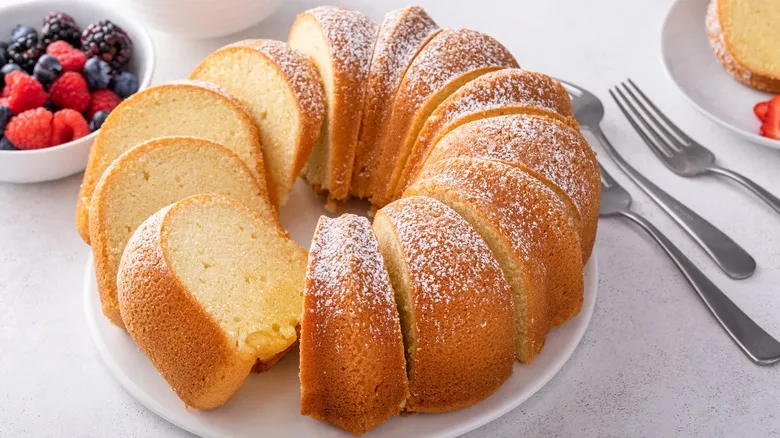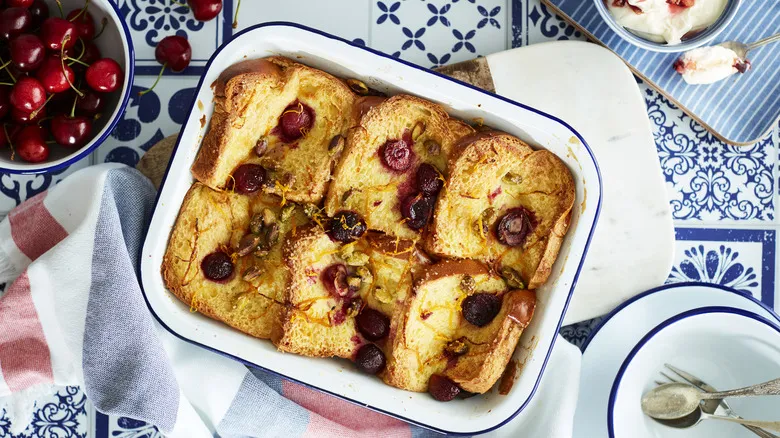The main culprits when it comes to stuck cakes

If you're an experienced baker, you understand that you can't rely solely on the nonstick features of a cake pan. You likely followed your recipe and greased your pan with cooking spray. However, a quick spritz of Pam may not always suffice. "Generously spray the pan with oil or coat all the sides with softened butter, then line the bottom with parchment paper," advises Anna Gordon. For added assurance, consider greasing the top of the parchment as well. Depending on your cake recipe, you might also want to incorporate a bit of flour when preparing your pan. After greasing and lining, sprinkle some flour into the pan and tilt it around until all the sides are coated. Your cake should come out effortlessly once baked.
In addition to preparation shortcuts, another issue can arise if you take your cake out of the oven too early. Make sure to wait until the edges of the cake begin to pull away from the pan; otherwise, it’s likely to stick. Another frequent mistake is not allowing your cake to cool completely. It should cool to room temperature, which can take some time, before you try to remove it from the pan. Placing your pan on a cooling rack will help the cake, especially one prone to sticking, release more easily.
Looking for more baking tips to ensure your dessert turns out perfectly? Check out these techniques for making a flawless carrot cake, baking a red velvet cake, or enhancing a boxed cake mix.
Recommended

The Liquid To Always Keep In Your Workspace When Stretching Pizza Dough

The Simplest Way To Blind Bake A Pie Crust, For The Uninitiated

Jacques Pépin's Upgrade On Pound Cake Couldn't Be Simpler

Why You Need A Full Day To Make Great Bread Pudding
Next up

